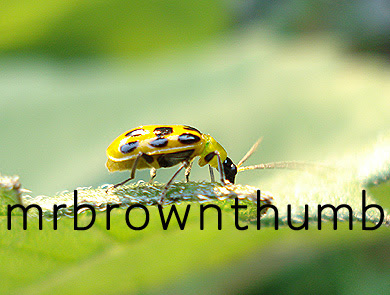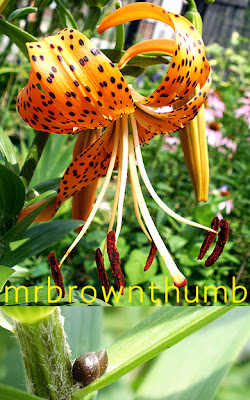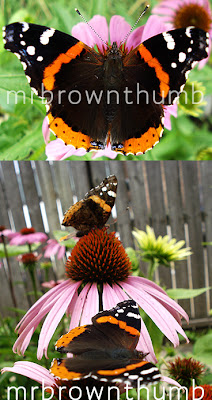
As the sun was setting one day I went out into the garden looking to photograph bugs. And like is common for me I got down on the ground and close up to the foliage and waited to see what moved or landed. Moments later this rather boring looking bug landed on some foliage and I decided to snap a photograph of it.
Recently while clearing out my hard drive I came across the photo and was pleasantly surprised by the effect of the setting sun on it's wings. To me it looks like the sun streaming in through a stained glass window and aside from this "aint it cool" effect I didn't think much of this bug that I've seen a lot around Chicago.
That all changed today when I learned that this brown lacewing bug is actually very beneficial in the garden. I don't know if it helps with pollinating flowers but I've learned that in the larvae stage and even as adults they are voracious eaters of aphids and mites. Like ladybugs they are a biological control of pests that we should encourage instead of using insecticides.
One really cool (to me at least) factoid about this bug it is that it's also known as "trash bug" because Green Lacewing larvae cover themselves in debris and insect carcases as seen in
this photo. I'm guessing this is a method of camouflage that helps the larvae avoid becoming a meal .


























